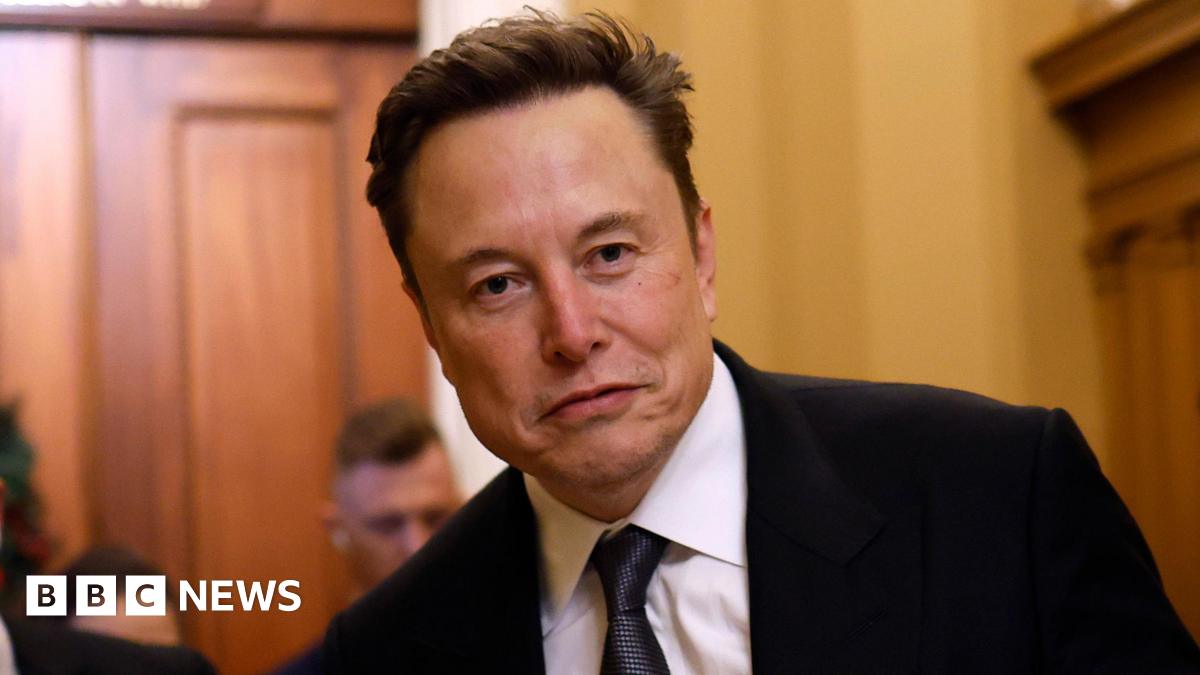European power prices have fallen below zero for a record number of hours this year, as the rapid development of solar and wind generation outpaces the continent’s ability to deal with excess supply.
Electricity prices fell into negative territory for 7,841 hours across the continent during the first eight months of the year, according to consultancy ICIS, with prices falling below minus €20 ($22) per megawatt hour in some instances.
Power prices can be highly volatile and sensitive to sudden shifts in demand or supply, meaning on occasion consumers can be paid to use electricity.
While beneficial to consumers who are able to take advantage, for example by charging an electric car or running appliances, it also threatens to undermine the viability of Europe’s renewable energy projects, which are critical to hitting net zero targets.
“It’s akin to a hara-kiri,” said Bjarne Schieldrop, chief commodities analyst at Swedish lender SEB.
“Everyone knows that if you produce too much oil, the price will crash and producers lose money. And there’s nothing different in renewable energy and power either.”
Over the past five years, the total capacity of Europe’s solar farms has more than doubled from 127GW to 301GW, while wind capacity has climbed from 188GW to 279GW, according to energy think-tank Ember.
The growth has helped to reduce reliance on fossil fuels and cut emissions, with the output from wind and solar farms in Europe surpassing that from fossil fuel power plants during the first half of this year for the first time.
However, batteries and other storage or flexibility options have not developed as quickly, meaning there are more and more periods where generators are in effect paying consumers to use up excess electricity. Power demand in Europe also has yet to fully recover since the energy crisis that began in late 2021 and led factories to close output.

The situation is exacerbated by government support schemes that were initially brought in to help accelerate the transition to renewables, analysts have said.
“The initial capex investment for solar projects and other renewables is such that they must keep trying to produce to seek that return on investment,” said Naomi Chevillard, head of regulatory affairs at SolarPower Europe, an industry group.
Negative pricing marks the sharp end of the so-called price cannibalisation effect of renewables, which sees power prices fall when it is sunny and windy and renewables projects are producing at the same time.
The 7,841 hours of negative prices in the eight months to the end od August compare with last year’s total of 6,428 hours, and 675 hours in total five years ago when the system was more dominated by fossil fuels.
Solar energy has been the main driver of negative pricing as solar resources tend to be more consistent, leading to negative prices in particular during the spring and summer and late mornings to early afternoon.
“When it is sunny in Germany it is often sunny in Greece and UK at the same time, and it is all producing in the middle of the day peaking at around 2pm,” said Matthew Jones, head of power analytics at ICIS.
“Wind is a bit more dispersed. It is not necessarily windy at all locations at the same time.”
Finland saw the largest number of hours of negative prices, partly due to its large hydro and nuclear capacity, some of which is difficult to switch on and off quickly. Italy, meanwhile, which still relies heavily on gas-fired power stations, did not have any negative priced hours.
The EU has ambitious targets to increase solar and wind power to meet its climate goals. However, SEB’s Schieldrop warned that more attention needed to be paid to storage and flexibility assets or the rapid buildout would “run into trouble as prices crash”.
Mario Draghi, the former European Central Bank governor, warned in his September 9 report on the bloc’s competitiveness that price cannibalisation may “deter investments and slow the energy transition.
“It is therefore key that the uptake of renewables is accompanied by adequate investments in grids, flexibility and storage,” the report said.
Jones at ICIS believes negative pricing will “largely be solved” by 2030 as Europe builds more batteries and installs more electrolysers to make hydrogen.
These devices use electricity to split hydrogen from water, providing an extra source of flexible demand for electricity, which can help prevent negative pricing.
However, price cannibalisation would continue to be an issue, he warned. “Prices will just go down to zero more, they won’t go into negative territory.
“But if you are a renewables developer the difference between zero and negative is not that massive.”
Credit: Source link











